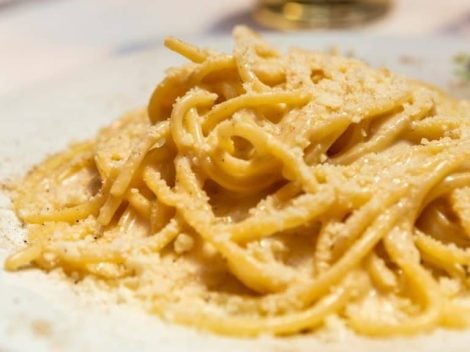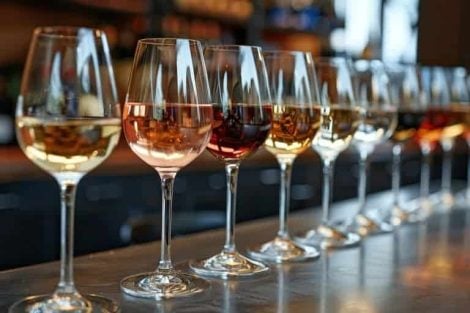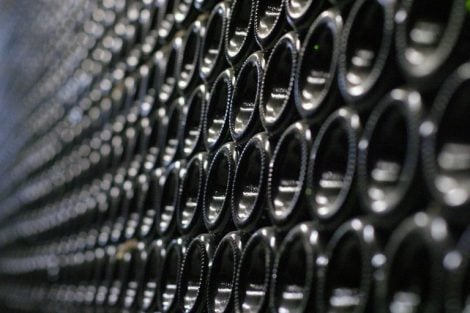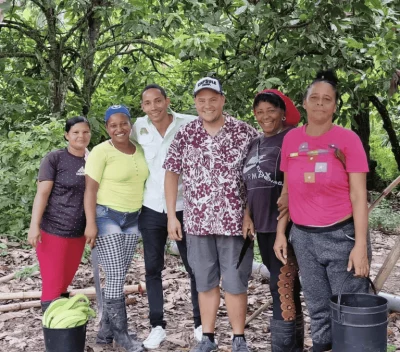Francesco Mazzei is certain: within five to ten years, the hectares cultivated with Ciliegiolo for producing Doc Maremma Toscana are destined to double. The president of the protection consortium spoke about it in Sorano during the second edition of the Ciliegiolo di Maremma e d'Italia event, expressing his belief that "the Maremma, with its flagship Vermentino and the rediscovered native Ciliegiolo, can make its mark."
Ciliegiolo in numbers
Of the 1,200 hectares cultivated with Ciliegiolo in Italy, 550 are in Tuscany; of these, 310 are concentrated in the Maremma, in the province of Grosseto. In Tuscany, as Mazzei reminded in a conversation with Askanews news agency, Ciliegiolo is the 12th most cultivated grape variety and represents less than 1 percent of the total. In Maremma, it is the eighth most cultivated grape variety with 3.4%, and it is the fourth wine in terms of bottled hectoliters (3,163, equal to 6.1 percent of the total). In 2013, the hectoliters of Ciliegiolo wine were 1,216. According to the Doc Maremma Toscana Consortium, today about 400,000 bottles of Ciliegiolo are produced out of the 7 million of the entire denomination, in which Vermentino accounts for over 16,000 hectoliters for almost 1,000 hectares of vineyard.
A very contemporary grape variety
"Ciliegiolo," continued Mazzei, "is a very interesting and very contemporary grape variety due to its strong identity and pleasantness. A wine that fits very well with young generations, who seek a simpler and clearer approach." A lesser-known native, in the past used for blending wines, especially those based on Sangiovese, but which has potential, such as those related to aging: "Maybe thanks to companies that have done more research and have a more suitable terroir to also make more complex and long-lasting wines." Finally, market opportunities will open up when the export share of the Doc improves. Currently, the average is around 35-40 percent: "So," concluded Mazzei, "there are great opportunities, and this means that we will have to direct promotional activities to the most important, more mature, and suitable markets for a young denomination like ours."

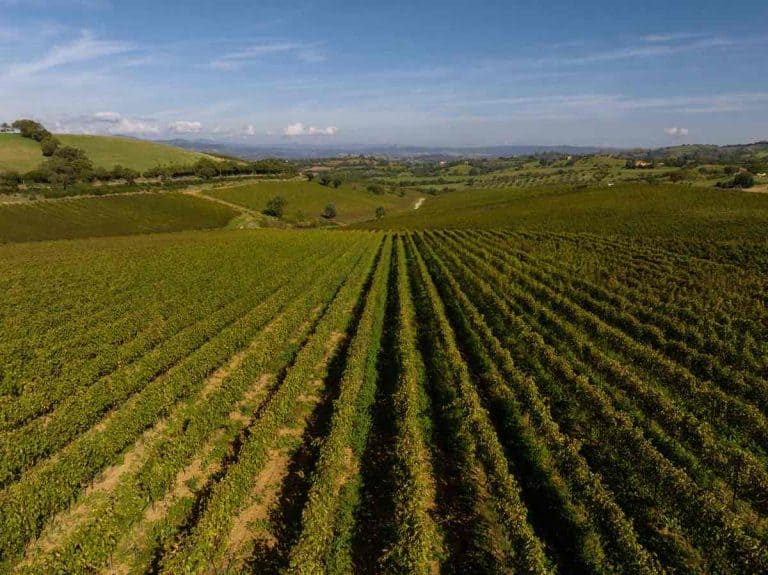
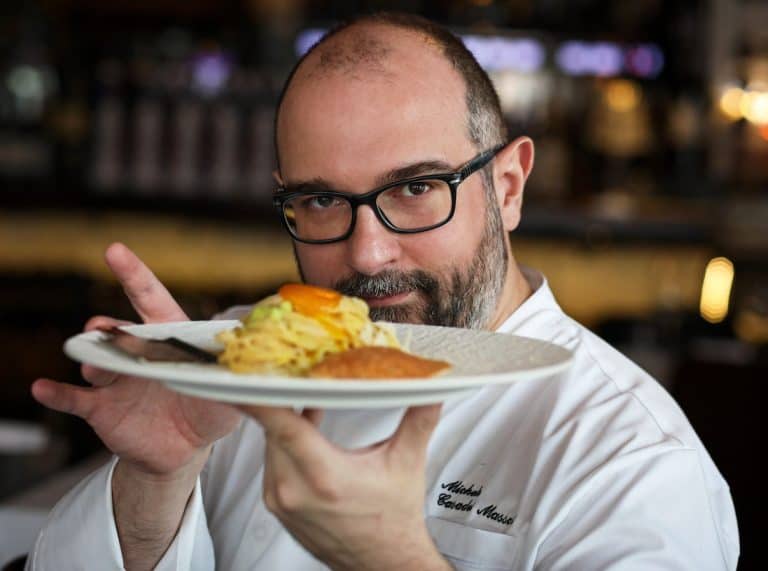 "I wake up every morning with the idea that I don't know how to cook." The chef who enchanted New York with a restaurant without a menu
"I wake up every morning with the idea that I don't know how to cook." The chef who enchanted New York with a restaurant without a menu From the Metropolitan Pavilion to the Top Italian Restaurant: Gambero Rosso showcases Italian wine in New York
From the Metropolitan Pavilion to the Top Italian Restaurant: Gambero Rosso showcases Italian wine in New York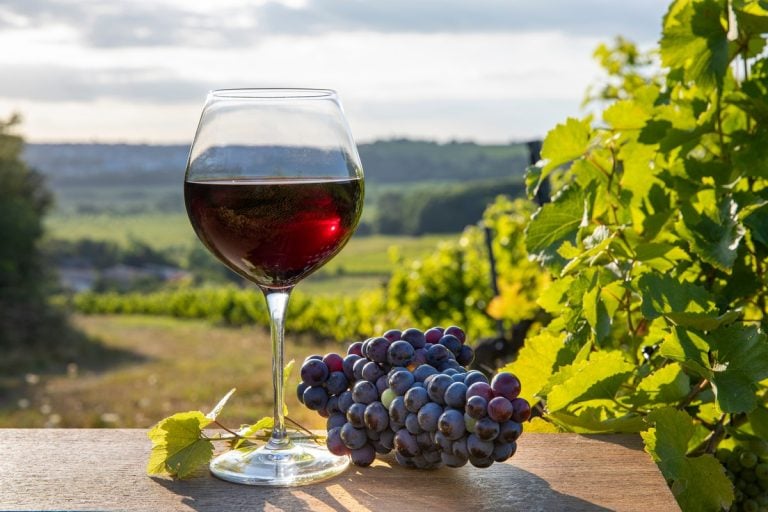 The 14 best-value Pinot Noir wines among reds, rosés, and sparkling wines chosen by Gambero Rosso
The 14 best-value Pinot Noir wines among reds, rosés, and sparkling wines chosen by Gambero Rosso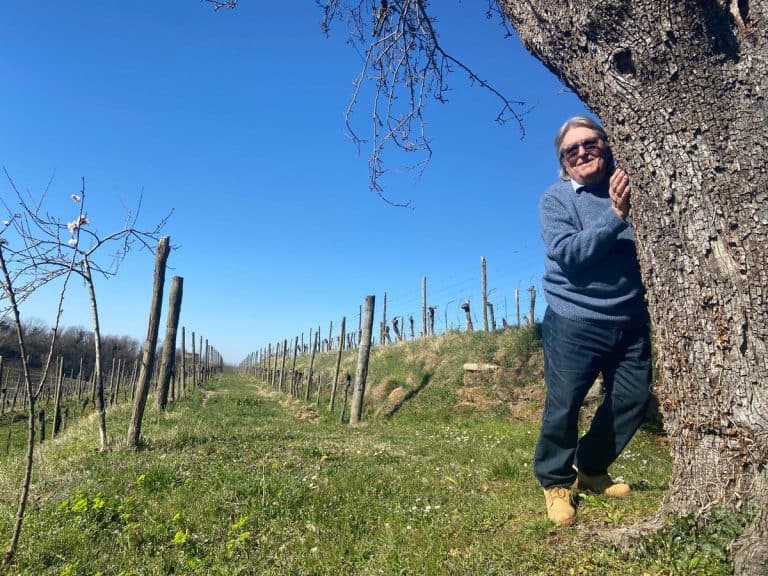 One of the best Pinot Bianco wines from Friuli Venezia Giulia is made by a former Bbnker. Here’s which one
One of the best Pinot Bianco wines from Friuli Venezia Giulia is made by a former Bbnker. Here’s which one Spoiler: wine export to the US in 2024 will break records, but consumption will decline as well
Spoiler: wine export to the US in 2024 will break records, but consumption will decline as well